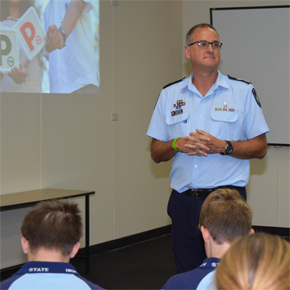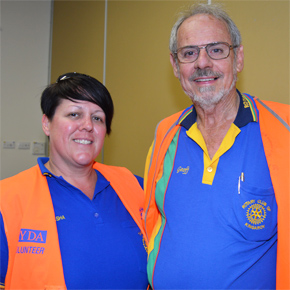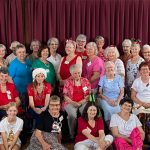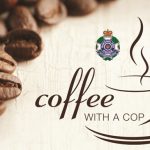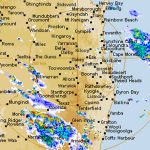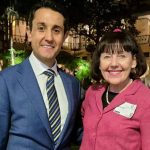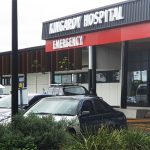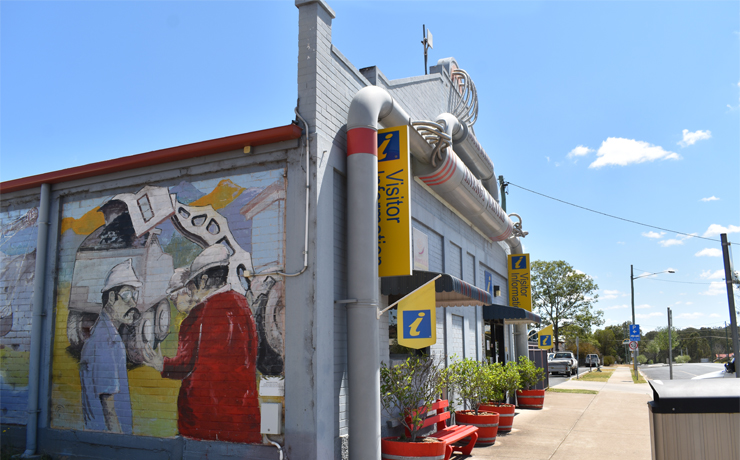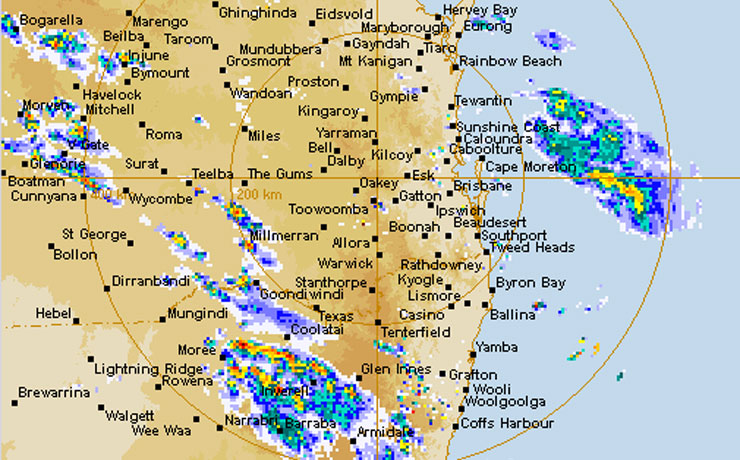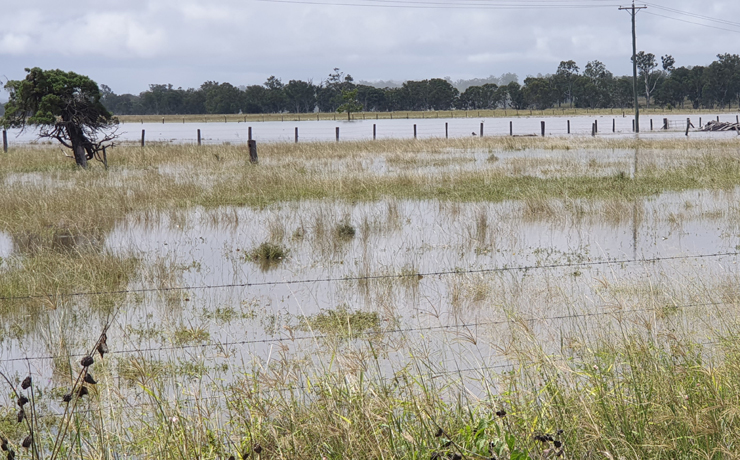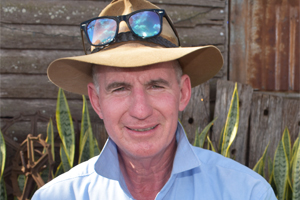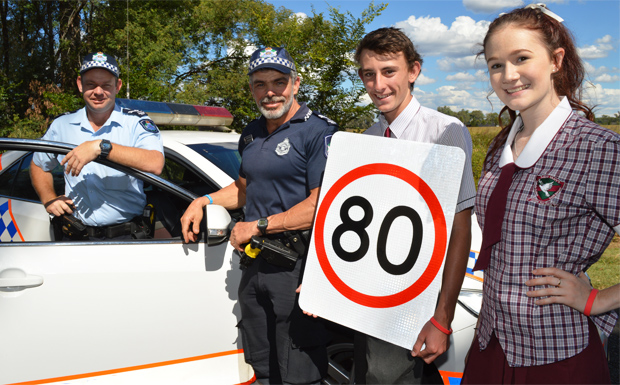
April 22, 2016
South Burnett roads should be a little bit safer after another 300 or so Year 11 students were put through the RYDA program in Kingaroy this week.
The students gathered at the Kingaroy TAFE campus to gain insights from police and expert volunteers.
The RYDA program has been developed by the not-for-profit Road Safety Education group in conjunction with Rotary.
It is is held around Australia every year in a bid to lower the risk of young, inexperienced drivers being involved in a car crash.
Officer-in-charge of Kingaroy Police, Senior Sergeant Duane Frank, said this was the sixth year RYDA had been run in the South Burnett.
More than 2000 students have now completed the program.
Students from Kingaroy, Nanango and Murgon State High Schools and St Mary’s Catholic College each attended six sessions, many of which contained real-life examples of road trauma:
- Hazards & Distractions
- Speed & Stopping
- Rights & Responsibilities
- Genevieve’s Story
- After The Crash
- Personality Test
Snr Sgt Frank led students through the “Rights & Responsibilities” module, sharing his experiences as a police officer.
“I have seen a lot of things and been to a lot of crashes,” he told a group of Kingaroy State High School students. “And a number of those crashes are where people – young people – have died in their cars. We couldn’t get them out before they died.”
He urged the students to make a decision to be a good driver, and make the decision to be a good passenger.
“Last year close to 300 young drivers were killed and 6000 seriously injured with lifelong consequences in Australia and New Zealand,” Snr Sgt Frank said.
“This is more than nine a day.”
* * *
* * *
Snr Sgt Frank urged the teenagers not to be an “assuming driver”, ie. don’t assume that other drivers are going to do the right thing.
“You have to have the mindset that other drivers may be driving unsafely on the road,” he said.
He shared statistics that showed that while young drivers were still on their “L” plates, their chances of having a crash were very low – because they had an adult with them “helping” (or perhaps nagging) them to drive properly.
However, their risk of a crash goes through the roof once they are on their “P” plates – because mum or dad is no longer beside them.
“As you gain experience on your ‘P’ licence, your risk reduces,” he said.
“The risk reduces again after three years driving experience.”
He warned the students that police had the power to confiscate vehicles for repeat offences, and it didn’t matter if the car they were driving belonged to their parents or their employer.
“Good luck explaining to your Dad that he can’t drive to work on Monday or good luck keeping your job,” he said.
And he reminded them of a sobering fact … statistically, the most dangerous thing they would do during their lives was drive a motor vehicle.
Related articles:
- Road Safety Becomes Real – RYDA 2015
- Students Get Hands On With Road Safety – RYDA 2014
- Safety Message Driven Home – RYDA 2013
- Important Lessons For Soon-To-Be Drivers – RYDA 2012
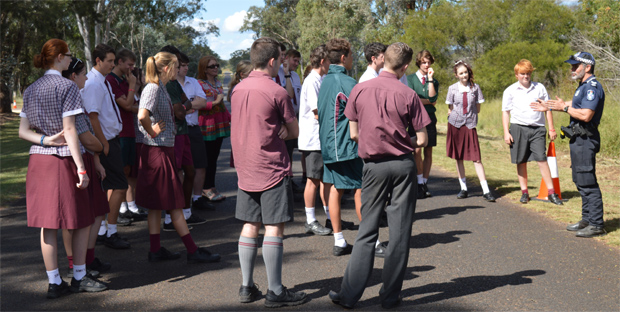
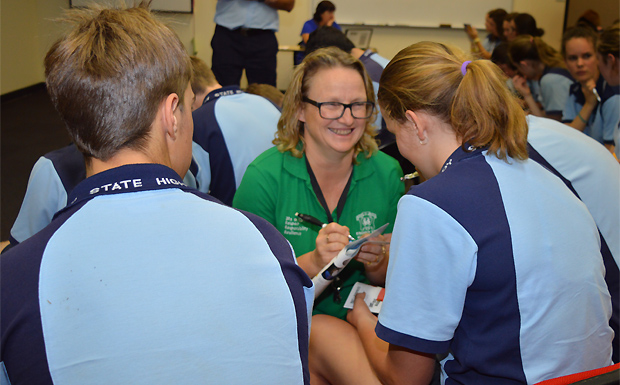
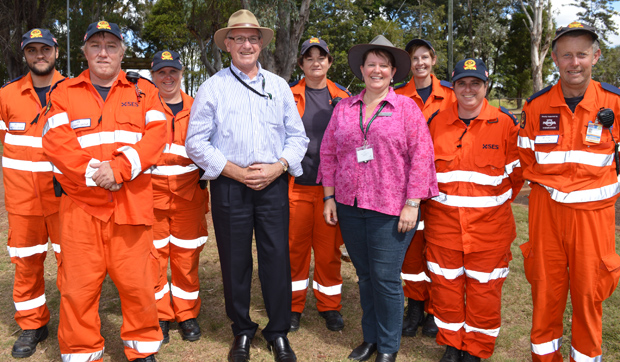
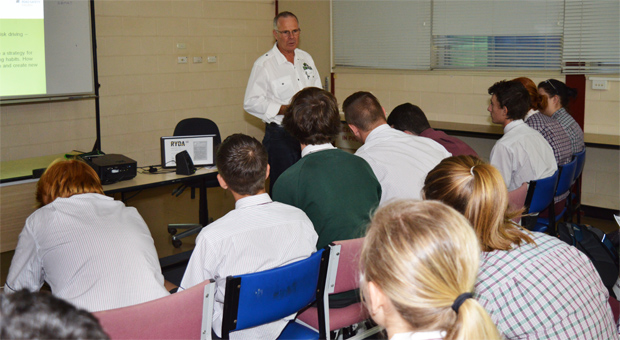
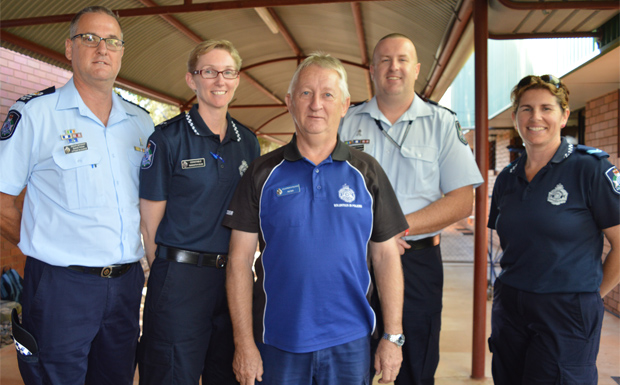
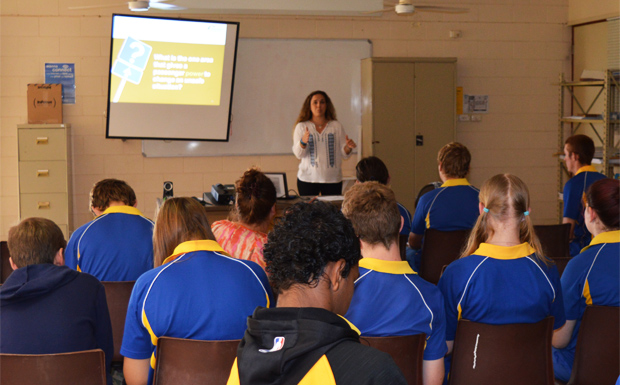
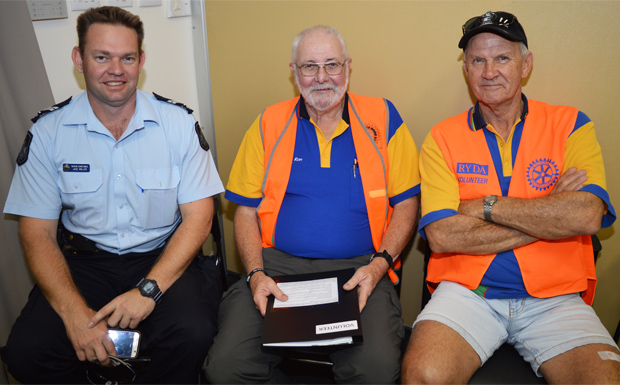
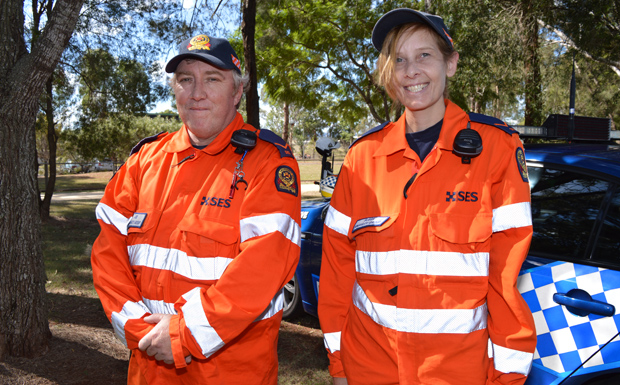
* * *
After The Crash – Darron’s Story
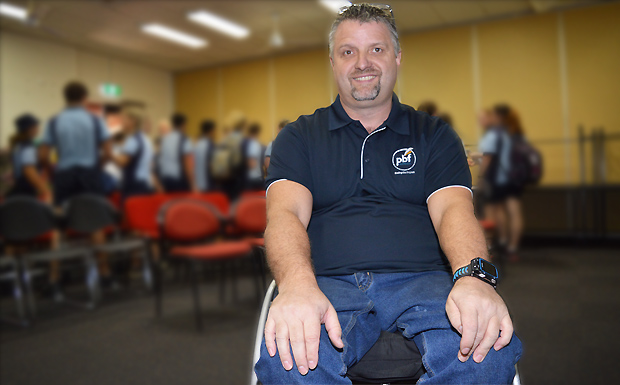
One of the highlights of the RYDA program is a confronting “After The Crash” session where the students come face-to-face with the reality of serious injury.
Darron Shields suffered a permanent spinal injury in a cycling fall in 2002, damaging his T5 vertebra.
The keen triathlete and martial arts instructor, then aged 32, had everything to live for at the time … he had his own business, a wife, plans, dreams, a future.
The afternoon of his accident, he was supposed to be laying floor covering in a client’s house however the wrong colour had been delivered.
This minor setback meant he had an early mark from work, and an opportunity to do 20 or 30km on his bike.
“I was within five kilometres of my house. I have done this 100 times,” he told the students.
Along the way he met a senior figure in the triathlete world who told him that some of the world’s best were nearby … and would he like to ride with them?
“These were my heroes, the people you see in magazines. My mind was distracted,” he said.
“I got back on my bike, head down, bum up in the cycle lane … and collided with a parked car. I was knocked out cold.
“If I had died that day, I would not have known a thing.
“(My wife) Paula got the phone call at work: ‘Darron’s had a serious accident but he’s talking’.
“She was a couple of hours away at work.”
By the time she arrived at the hospital, Darron was in surgery. He stayed there for 10 hours.
“Imagine turning up at the hospital and all you can do is walk the corridors for 10 hours. There’s nothing you can do to help.
“I survived the operation and then spent two weeks in intensive care.
“You have a lot of time to think when you are looking at the ceiling. ‘Will I ever walk on sand again?’.”
He still remembers the day when the doctor told him he would never walk again.
Darron was then moved to a rehabilitation centre for eight months before he finally made it back home, the first time since the crash.
His first weekend back home was great, but on Monday morning his wife went to work …
“There’s only so much Xbox you can play. I had no job, no car. My freedom, my independence had been taken away. But life goes on.”
His marriage lasted another five years but eventually Paula and Darron split up “amicably”.
“It’s hard to live with a wheelie,” he said.
Darron’s back competing in triathlon events now, as a para-athlete, but as he says “I would never wish this on my worst enemy”.
“The key word is freedom. After the crash, your freedom to make choices is taken away from you.”






